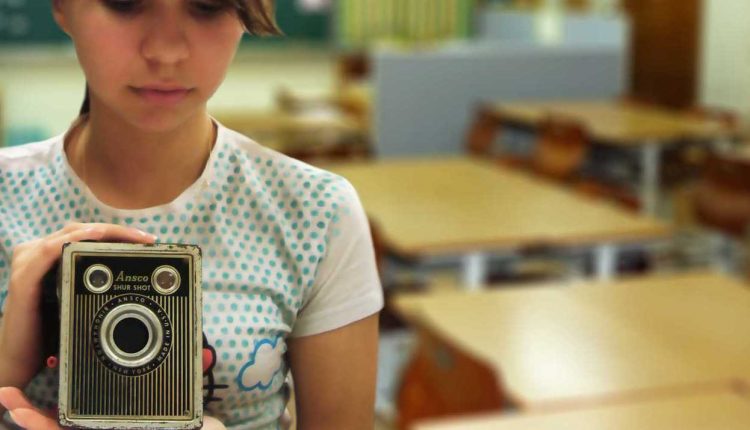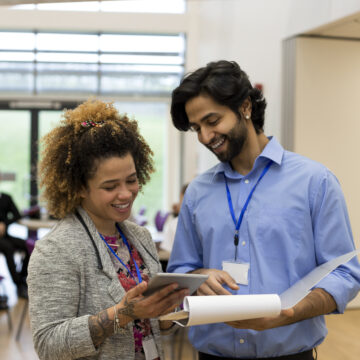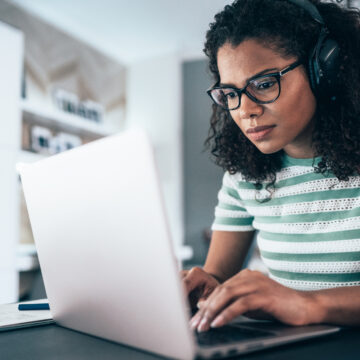There is increasingly more evidence on the use and effectiveness of video technology in education. One recent study conducted by Harvard University’s Center for Education Policy Research, the Best Foot Forward Project, examined the use of video classroom observation technology in the feedback process. According to their initial results, there are numerous benefits to using video technology in the classroom.
Video Classroom Observation Provides Concrete Evidence of Instruction
A video produces clear and inarguable evidence of an event. Both the teacher and the coach can replay videos to see exactly what occurred during the lesson. This evidence supports productive feedback conversations and eliminates counterproductive debates about what actually happened in the classroom. With clear evidence, the coaching conversations are fairer and thus less likely to become adversarial.
Video Increases Efficiency and Reduces the Costs by Facilitating
High Quality Virtual Coaching Video technology allows more efficient and cost effective virtual coaching. The traditional coaching process is transformed from a geographic, time sensitive and expensive process into something that can be done anytime, anywhere, on a budget. The logistical challenges involved with in-person coaching are either removed or made more manageable through the option of remote coaching. In addition, virtual coaching offers options to expand. Thus, individuals are no longer limited to coaches based on location, budget or time restrictions. Now they can seek out higher quality coaching outside their immediate school, state or region.
Video Enables Better Self-Reflection
With video, educators are given the opportunity to see themselves through others’ eyes and not only rely on a peer or coach’s observations. Using current video technology, individuals are given the tools to capture that self-reflection directly on the video and share that self-reflection with others. Video classroom observation tools also gives educators the space and time to reflect on their behaviors and practices—taking note of both their strengths and areas of possible improvement. With their actual classroom footage in front of them, individuals have the opportunity to be more self-critical and better personal evaluators.
Video Enables Self-Efficacy and Agency in the Classroom Observation Process
Educators have increased control over the classroom observation process when using video. During in-person observations, teachers do not have control over what happens during the observation. However, with video observations, educators are given the opportunity to decide which videos are shared and can thus decide what lessons they want their principals, coaches or peers to view. This control helps create the conditions for safety and trust in the teacher professional development and feedback processes.
Classroom Observation Video Facilitates the Sharing of Best Practices and Lessons Learned
With video observation technology, sharing and collaboration among educators becomes a less time-intensive process. Educators can share their classroom instruction with others without needing to leave their classroom. In addition, self-selection of videos increases educators’ comfort and thus likelihood that they will share with others. This promotes openness and sharing of lessons learned.




